I first got into contact with Tomasz Grzywaczewski just after he came back after a walk he and his team members did to basically prove that Witold Glinski did the famous Long Walk, later turned into movie by Peter Weir and named The Way Back. Tomasz and his team mates opinions have been questioned and there´s still nobody out there today who can prove the existence of this walk. But it still fascinates thousands of people who each month visit my page The Long Walk. Tomasz, however, came across as a serious explorer and since this first contact, I have stayed in contact with him and basically through Facebook followed his developing career. So, when he told me he had another Siberian journey coming up, it made me very interested. For this reason, I have asked him to present to you, my honorable readers, this new Expedition as explained below. I normally don´t publish anything about Expeditions-to-be if I don´t consider them as very important and interesting.
Dead Road 2013
In the search for the forgotten ghost-railway
By
Tomasz Grzywaczewski
(Pictures from the archive of Stepan Cernousek expedition)
In 1949 in the deep taiga of northern Siberia dozens thousands of Gulag prisoners started building one of the most monumental and on the same time ridiculous projects of Stalinists time. Transpolar Mainline – nearly one thousand miles long railway was designed to connect cities Salekhard in Yamalo-Nenets Autonomous Okrug and Igarka in Krasnoyarsk Krai. In this one of the most remote and desolated region of Earth along the North Arctic Circle, between rivers Ob and Yenisey, inmates using the most primitive tools was constructing rails, bridges, railway embankments. The project was never finished. It was cancelled just after Stalin death. The idea of building railway on the permafrost in the unhabited pivotal forest was too crazy even for communists. No one knows how many people died there, but estimations says about thousands of souls, which remained in taiga for forever
Nowadays taiga still hidden the witnesses of that cruel time. Remains of rails, destroyed bridges and even rusty locomotives. But what is the most important: lagiers. Thanks to a large amount of preserved artifacts and entire abandoned labor camps – barracks, fences, watchtowers etc. – it represents a unique and authentic Gulag “open air” museum, unprecedented anywhere else in Russia.
In 2013 we are going to explore the least documented and most remote part of the Dead Road along the Turukhan river, which has been out of interests of any researchers. This part of the railroad is about 110 kilometers long, where, according to our estimates and archival secret maps should be 11 abandoned labor camps, whose condition is not known since prisoners left them in 1953. Also, the condition of the railroad in this area is a big puzzle. This part along the Turukhan river is far from any towns and villages, and it is relatively expensive and time consuming to visit this place. We would like to explore this section and to map and describe in detail all of 11 abandoned Gulag camps, which are supposed to be there. In addition, we would like to get to know indigenous people of the Selkup nation, who are only inhabitants of this sparsely populated area and make oral history interviews with them. Detailed mapping and documentation of abandoned Gulag camps, which have been untouched since 1953 – is the main goal of a proposed Czech-Polish expedition “Dead Road 2013”. It will take place in September 2013 and its content can be defined as a completely new and unique research tool which we can call “Stalinist archeology.”
We are going to be probably the first people who will visit this place since it’s abandoning by prisoners and gurads. During the expedition we are planning to make footage which will be used to edit a documentary movie about the Transpolar Mainline.
The proposed expedition builds on two previous Czech expeditions (August 2009 and March 2011). During those expeditions the explorers managed to describe remains of the railway and some abandoned Gulag labor camps in eastern and western parts of the railroad in a detail. Czech public found great interested in the results of our expeditions. A documentary movie “Into Oblivion” was made TV number of articles in Czech, Slovak, Russian and German media were published – more can be found on special web site www.mrtvatrat.cz (soon there will be an English version of the website)
Participants
Stepan Cernousek – project coordinator, Czech Republic – reporter and explorer specializing in ex-USSR Republics. Former OSCE observer in Russia and Ukraine. Organizer of 2 expeditions in the Dead Road region.
Currently head of the Department of Publications of the Institute for the Study of Totalitarian Regimes in Prague. His articles have been published in leading Czech magazines (e.g., Respect and Lide a zeme), in Germany (Der Freitag, WDR), and Switzerland (Tages Anzeiger).
Tomasz Grzywaczewski – expedition coordinator, Poland – traveler and reporter. In 2010 organized a Long Walk Plus Expedition (www.longwalk.pl) – an expedition following the footsteps of prisoners that escaped from a Soviet concentration camp to Kolkata. Author of the best travel book of year 2012 in Poland ”Przez Dziki Wschód” and co-author of the documentary film from the expedition “The Long Walk 70 years later.”
He works as a journalist with main magazines in Poland: e.g., National Geographic Traveler, Podróże, Wprost
Maciej Cypryk – project logistics and budgeting, Poland – former consultant with McKinsey & Company. Currently running a marketing company. Passionate globetrotter.
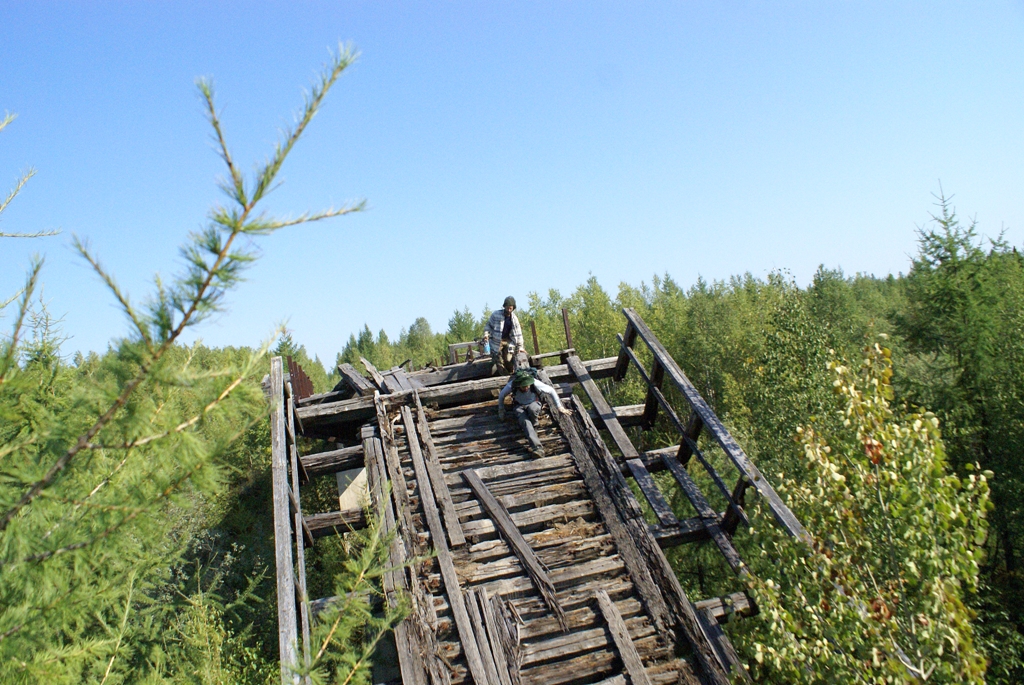

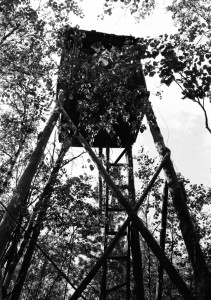
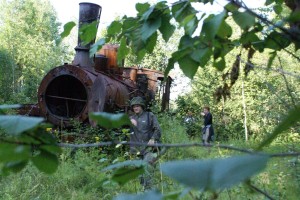
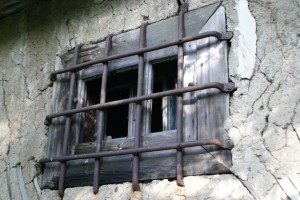
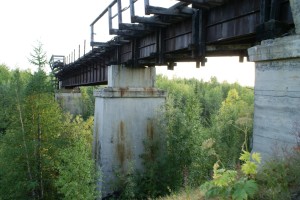
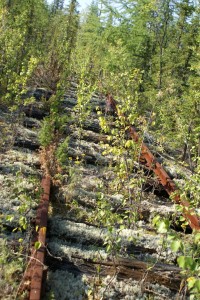
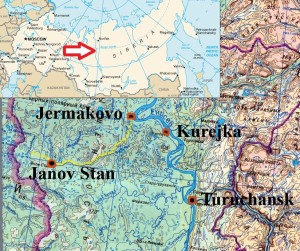


Stumbled across your site, not even sure how, but I am very interested in learning of what you discover there. Best of all safety and good luck.